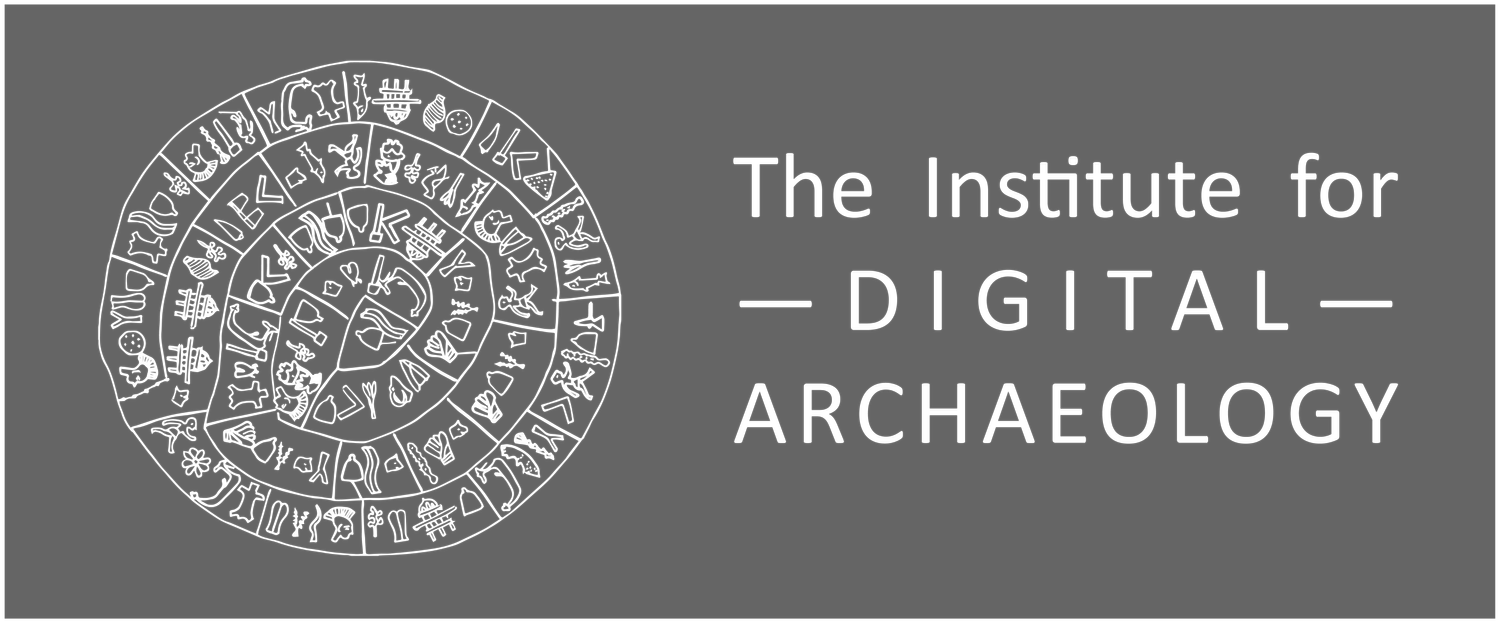The Triumphal Arch
"In Iraq and Syria we have the records, the scholarship, the skills and the money to reinstate ancient sites and re-fire our imagination. I applaud the Institute for Digital Archaeology for dedicating itself to the task of reconstruction."
- Sir Simon Jenkins, Former Chairman, UK National Trust
The centerpiece of our Trafalgar Square installation will be a scale reproduction of the 2,000 year old Triumphal Arch from the Palmyra site in Syria which was destroyed last year. Produced using state-of-the-art 3D technology, the arch will be installed in Trafalgar Square on Monday April, 18th and open to the public on Tuesday April 19th. All are welcome to the official public launch at 1 pm on Tuesday April 19th.
“The Million Image Database allows us not only to record and preserve objects of great historic value against loss and damage, but also to share facsimiles of them to exhibit to people around the world who would not otherwise get the chance to see these artifacts of our shared history.
By using digital techniques to map and preserve monuments and other aspects of shared human history, we are able to ensure that nobody can deny history or dictate that their narrative or ideology stands above the shared story of all humanity and our shared aspiration to live together in harmony.
There is actually a message within the Million Image Database initiative for those who think you can wipe out our human heritage with acts of destruction. What you destroy, we can create again. Our desire to live together, to work together for our humanity is a positive force that can rebuild everything you break. Ultimately, we are stronger because we build.
The Million Image Database is a remarkable collective effort in which everyone has the opportunity to participate. It is that participation and collaborative aspect to the project that makes it such a powerful symbol for our shared desire to come together and celebrate human achievements, preserving them and sharing them around the world.
This partnership between Dubai's Museum of the Future Foundation, The Institute for Digital Archaeology and UNESCO is extending the boundaries of what we can achieve using the remarkable potential of 3D printing but is also an important example of how we can work together to make a positive contribution to preserving and sharing monuments and artifacts which represent our collective past and cement our future.
There has been a great deal of conflict in our region and many monuments and artifacts representing the achievements of golden eras in our past have been lost as a consequence. Many have been intentionally destroyed in an effort to erase the memory of a time when people of all faiths and origins worked together to create a golden age of scientific, cultural and social achievements. This collaboration between Dubai's Museum of the Future Foundation, The Institute for Digital Archaeology and UNESCO means we can literally roll back the clock and restore what the nihilists have damaged. It's a message to them: everything they are working to erase can be preserved. Their destruction is as futile as their ideology.
We're delighted to be able to bring together so many people from around the world to collaborate on this important project of historical restoration and preservation. As a result, some of the ancient world's most remarkable achievements can not only be kept for future generations to enjoy, but thanks to 3D printing technology, can be rebuilt anywhere in the world for all of humanity to enjoy."
- His Excellency Mohammed Abdullah Al Gergawi, Minister of Cabinet Affairs and The Future, Dubai UAE, Managing Director of Dubai Museum of the Future Foundation
“The IDA is undertaking reconstructions of the lost monuments of the Middle East out of respect for the history and heritage these objects represent -- a history and heritage that informs the art and architecture that beautifies our cities, the science and technology that eases and improves our lives and the literature and philosophy that gives us a deeper understanding of our world and ourselves. However, we also view this work as an important gesture of friendship and solidarity with people in the regions of conflict -- people with whom we share a common history that is represented by the very artifacts and monuments we seek to protect and preserve.”
- Roger Michel, Executive Director, Institute for Digital Archaeology


